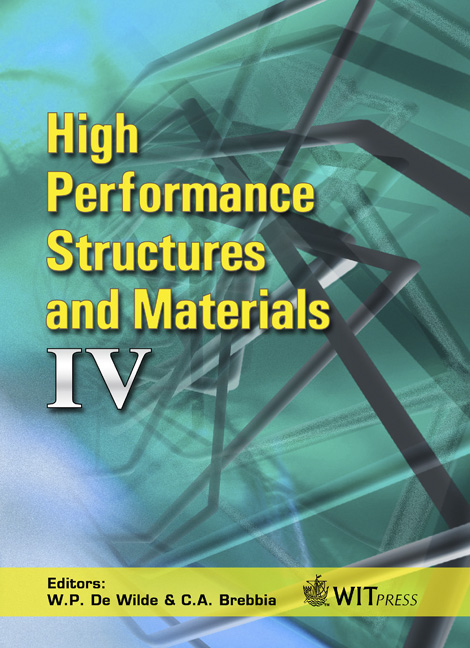Inelastic Dynamic Response Of 3D Reinforced Concrete Infilled Frames
Price
Free (open access)
Transaction
Volume
97
Pages
9
Page Range
379 - 387
Published
2008
Size
370 kb
Paper DOI
10.2495/HPSM080391
Copyright
WIT Press
Author(s)
H. Singh & D. K. Paul
Abstract
An inelastic finite element model to simulate the behaviour of 3D reinforced concrete frames infilled with masonry panels subjected to static load and earthquake excitation has been presented. Under the loads the mortar may crack, causing sliding and separation at the interface between the frame and the infill. Furthermore, the infill may become cracked and/or crushed which then changes its structural behaviour. It may render the infill ineffective leaving the bare frame to take the entire load, which may lead to the failure of the framing system itself. In the present study, 3D reinforced concrete infilled frames have been analysed using the finite element method. Keywords: infilled frames, inelastic, dynamic response, 3D reinforced concrete. 1 Introduction Holmes [4] and Smith [12] proposed the concept of infill as an equivalent diagonal compression strut. Liauw and Kwan [6] examined the nonlinear behaviour of non-integral infilled frames using the finite element method. The nonlinearities of material, structural interface, effects of initial lack of fit and friction at the interface were taken into account. Papia [8] used the boundary element method to model the behaviour at the frame and the infill interface. Haddad [3] analysed cracked frames with masonry infill using the finite element method and fracture mechanics. May and Naji [7] carried out nonlinear analysis of 2D infilled frames under monotonic and cyclic loadings using the finite element method. Choubey and
Keywords
infilled frames, inelastic, dynamic response, 3D reinforced concrete.





